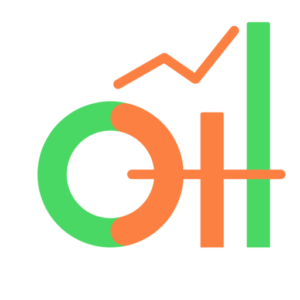Overview
This comparison focuses on four key players in the heavy machinery and power solutions sector: Cummins Inc., Bharat Heavy Electricals Limited (BHEL), Greaves Cotton, and CG Power and Industrial Solutions. We will delve into their business models, segments, strategic outlooks, financial health, and market positions.
Cummins Inc.
Business Model and Segments: Cummins Inc., established in 1919 and headquartered in Columbus, Indiana, operates as a global power leader focused on diesel and natural gas engines, electric and hybrid powertrains, and related components. Its business is segmented into Engine, Distribution, Components, Power Systems, and Accelera. Cummins is known for its heavy and medium-duty truck engines, power generation systems, and components like turbochargers and filtration systems.
Strategic Outlook: Cummins has committed to an environmental sustainability strategy aiming for net-zero carbon emissions by 2050, reflecting its focus on innovation and future technologies such as the next-generation X15 diesel engine and HELM fuel agnostic platforms. This is part of a broader transition towards alternative fuels and electrification .
Financial Health: In the first quarter of 2024, Cummins reported revenues of $8.4 billion with a substantial EBITDA margin of 30.6%, indicating strong operational efficiency and profitability .
Market Position: Cummins is a significant player in the global market, supported by a wide distribution and service network. It continuously invests in R&D to maintain its competitive edge in technology and innovation .
Bharat Heavy Electricals Limited (BHEL)
Business Model and Segments: BHEL is an Indian public sector engineering and manufacturing company providing products and services for the power, industry, transportation, renewable energy, oil & gas, and defence sectors. It manufactures over 180 products under 30 major product groups and has a strong presence in domestic and international markets.
Strategic Outlook: BHEL is increasingly focusing on emerging areas such as electric mobility, renewables, and EPC (Engineering, Procurement, Construction) projects, aiming to diversify its revenue streams beyond traditional heavy electrical equipment manufacturing.
Financial Health: BHEL’s performance has been fluctuating due to the cyclical nature of the capital goods industry, with recent efforts directed towards cost-efficiency and tapping into lucrative sectors such as solar power and electric vehicles.
Market Position: It is a dominant player in India’s heavy electrical equipment sector and is expanding its footprint in international markets.
Greaves Cotton
Business Model and Segments: Greaves Cotton, established in 1859, is an Indian engineering company that manufactures engines and heavy equipment. It is diversifying into newer segments like electric vehicles and aftermarket services.
Strategic Outlook: The company is actively pursuing growth in the non-automotive segment, particularly focusing on clean energy technologies.
Financial Health: Greaves Cotton has been managing a steady financial performance with strategic expansions in the clean technology sector and a focus on cost-effective manufacturing practices.
Market Position: It holds a strong position in the engines and heavy equipment market in India, with increasing emphasis on innovation and technology integration in its operations.
CG Power and Industrial Solutions
Business Model and Segments: CG Power and Industrial Solutions focuses on products and solutions in the power generation, transmission, and distribution sectors. It is known for manufacturing electrical products such as transformers, switchgear, circuit breakers, and network protection devices.
Strategic Outlook: The company is focusing on restructuring its operations and reducing debt through asset sales and strategic partnerships.
Financial Health: CG Power has been under financial scrutiny due to past financial discrepancies, but recent efforts are aimed at stabilizing its financial position and restoring investor confidence.
Market Position: CG Power has a robust presence in the global market, particularly in the power systems segment, though it has faced challenges due to its financial issues.
Conclusion
Cummins stands out for its comprehensive range of power solutions and a strong commitment to sustainability and innovation. BHEL remains a significant player in the Indian market with a focus on diversifying into renewable energies and electric mobility. Greaves Cotton and CG Power are both navigating through transitional phases with a focus on new technologies and restructuring efforts.
Each company holds a unique position in their respective markets with distinct strategies aimed at leveraging their strengths in the face of evolving industry dynamics and technological advancements.



